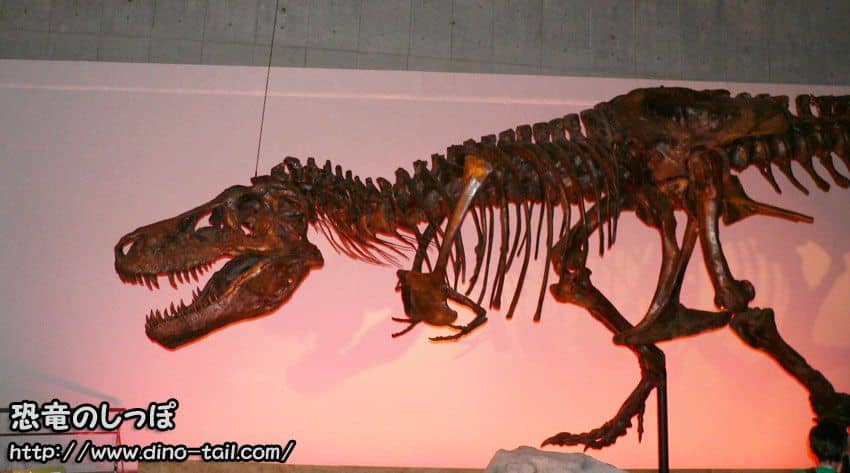Estimating from Growth Lines in Bone Cross-Sections
The cross-sections of reptile bones have growth lines similar to the annual rings of a tree.
It is believed that these growth lines form in the bone cross-section due to fluctuations in growth rate and food availability with the seasons.
Recent studies have shown that growth lines are also present in the bone cross-sections of some mammals and warm-blooded animals that hibernate.
And, growth lines like annual rings can also be confirmed in the cross-sections of dinosaur bones.
This indicates that the growth rate of dinosaurs varied with the seasons, and by counting these growth lines, we can determine their approximate age.
The estimated lifespans of dinosaurs based on the growth lines in bone cross-sections are as follows:
Estimated Dinosaur Lifespans Based on Growth Lines
- Small theropods close to birds, like Dromaeosaurus: 3 - 5 years
- Early ceratopsians like Psittacosaurus: 10 years
- Large theropods like Tyrannosaurus: 30 years
-
Late Jurassic sauropodomorphs like Apatosaurus: 45 years
However, some scholars believe that the lifespan of large sauropodomorphs could have been over 100 years.
Lifespan and Average Age

It is known to have died at the age of 28, with an injured shoulder blade and three broken ribs.
It is also known to have suffered from infections.
The lifespan of a Tyrannosaurus is estimated to be about 30 years, but it seems they didn't live an average of 30 healthy years.
By the time a Tyrannosaurus reached the age of two, 60% of individuals had died. Also, from the marks left on fossils, it is known that many Tyrannosaurus that approached their lifespan suffered from injuries and joint diseases.
Perhaps surprisingly, few dinosaurs may have lived out their full lifespan.
